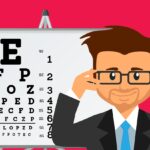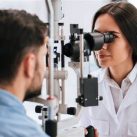CANO EYE CLINIC VISION CENTER EDUCATIONAL INFORMATION:
| Near-sightedness |
|---|
| Other names | Myopia, short-sightedness, near-sighted |
|---|
 |
| Diagram showing changes in the eye with near-sightedness |
| Specialty | Ophthalmology |
|---|
| Symptoms | Distant objects appear blurry, close objects appear normal, headaches, eye strain[1] |
|---|
| Complications | Retinal detachment, cataracts, glaucoma[2] |
|---|
| Causes | Combination of genetic and environmental factors[2] |
|---|
| Risk factors | Near work, greater time spent indoors, family history[2][3] |
|---|
| Diagnostic method | Eye examination[1] |
|---|
| Prevention | More time outside for children[4] |
|---|
| Treatment | Eyeglasses, contact lenses, surgery[1] |
|---|
| Frequency | 1.5 billion people (22%)[2][5] |
|---|
Near-sightedness, also known as short-sightedness and myopia, is an eye disorder where light focuses in front of, instead of on, the retina.[1][2] This causes distant objects to be blurry while close objects appear normal.[1] Other symptoms may include headaches and eye strain.[1] Severe near-sightedness is associated with an increased risk of retinal detachment, cataracts, and glaucoma.[2]
The underlying cause is believed to be a combination of genetic and environmental factors.[2] Risk factors include doing work that involves focusing on close objects, greater time spent indoors, and a family history of the condition.[2][3] It is also associated with a high socioeconomic class.[2] The underlying mechanism involves the length of the eyeball growing too long or less commonly the lens being too strong.[1][6] It is a type of refractive error.[1] Diagnosis is by eye examination.[1]
Tentative evidence indicates that the risk of near-sightedness can be decreased by having young children spend more time outside.[4][7] This may be related to natural light exposure.[8] Near-sightedness can be corrected with eyeglasses, contact lenses, or surgery.[1] Eyeglasses are the easiest and safest method of correction.[1] Contact lenses can provide a wider field of vision, but are associated with a risk of infection.[1] Refractive surgery permanently changes the shape of the cornea.[1]
“
| Far-sightedness |
|---|
| Other names | Hypermetropia, hyperopia, longsightedness, long-sightedness[1] |
|---|
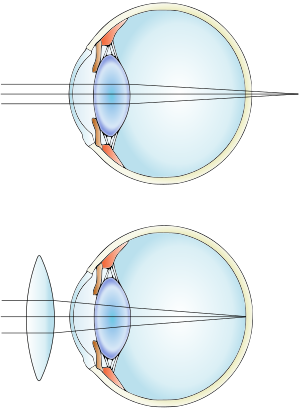 |
| Far-sightedness without (top) and with lens correction (bottom) |
| Specialty | Ophthalmology |
|---|
| Symptoms | Close objects appear blurry[2] |
|---|
| Complications | Accommodative dysfunction, binocular dysfunction, amblyopia, strabismus[3] |
|---|
| Causes | Too short an eyeball, misshapen lens or cornea[2] |
|---|
| Risk factors | Family history[2] |
|---|
| Diagnostic method | Eye exam[2] |
|---|
| Differential diagnosis | Amblyopia, retrobulbar optic neuropathy, retinitis pigmentosa sine pigmento[4] |
|---|
| Treatment | Eyeglasses, contact lenses, surgery[2] |
|---|
| Frequency | ~7.5% (US)[2] |
|---|
Far-sightedness, also known as hyperopia, is a condition of the eye in which light is focused behind, instead of on, the retina.[2] This results in close objects appearing blurry, while far objects may appear normal.[2] As the condition worsens, objects at all distances may be blurry.[2] Other symptoms may include headaches and eye strain.[2] People may also experience accommodative dysfunction, binocular dysfunction, amblyopia, and strabismus.[3]
The cause is an imperfection of the eyes.[2] Often it occurs when the eyeball is too short, or the lens or cornea is misshapen.[2] Risk factors include a family history of the condition, diabetes, certain medications, and tumors around the eye.[2][4] It is a type of refractive error.[2] Diagnosis is based on an eye exam.[2]
Management can occur with eyeglasses, contact lenses, or surgery.[2] Glasses are easiest while contact lenses can provide a wider field of vision.[2] Surgery works by changing the shape of the cornea.[2] Far-sightedness primarily affects young children, with rates of 8% at 6 years and 1% at 15 years.[5] It then becomes more common again after the age of 40, affecting about half of people
Astigmatism is a type of refractive error in which the eye does not focus light evenly on the retina.[1] This results in distorted or blurred vision at all distances.[1] Other symptoms can include eyestrain, headaches, and trouble driving at night.[1] If it occurs early in life it can result in amblyopia.[2]
The cause of astigmatism is unclear.[3] It is believed to be partly related to genetic factors.[4] The underlying mechanism involves an irregular curvature of the cornea or abnormalities in the lens of the eye.[1][3] Diagnosis is by an eye exam.[1]
Three options exist for the treatment: glasses, contact lenses, and surgery.[1] Glasses are the simplest.[1] Contact lenses can provide a wider field of vision.[1] Refractive surgery permanently changes the shape of the eye.[1]
In Europe and Asia astigmatism affects between 30 and 60% of adults.[4] People of all ages can be affected.[1] Astigmatism was first reported by Thomas Young in 1801.[3][5]

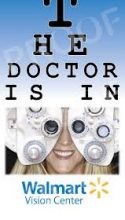

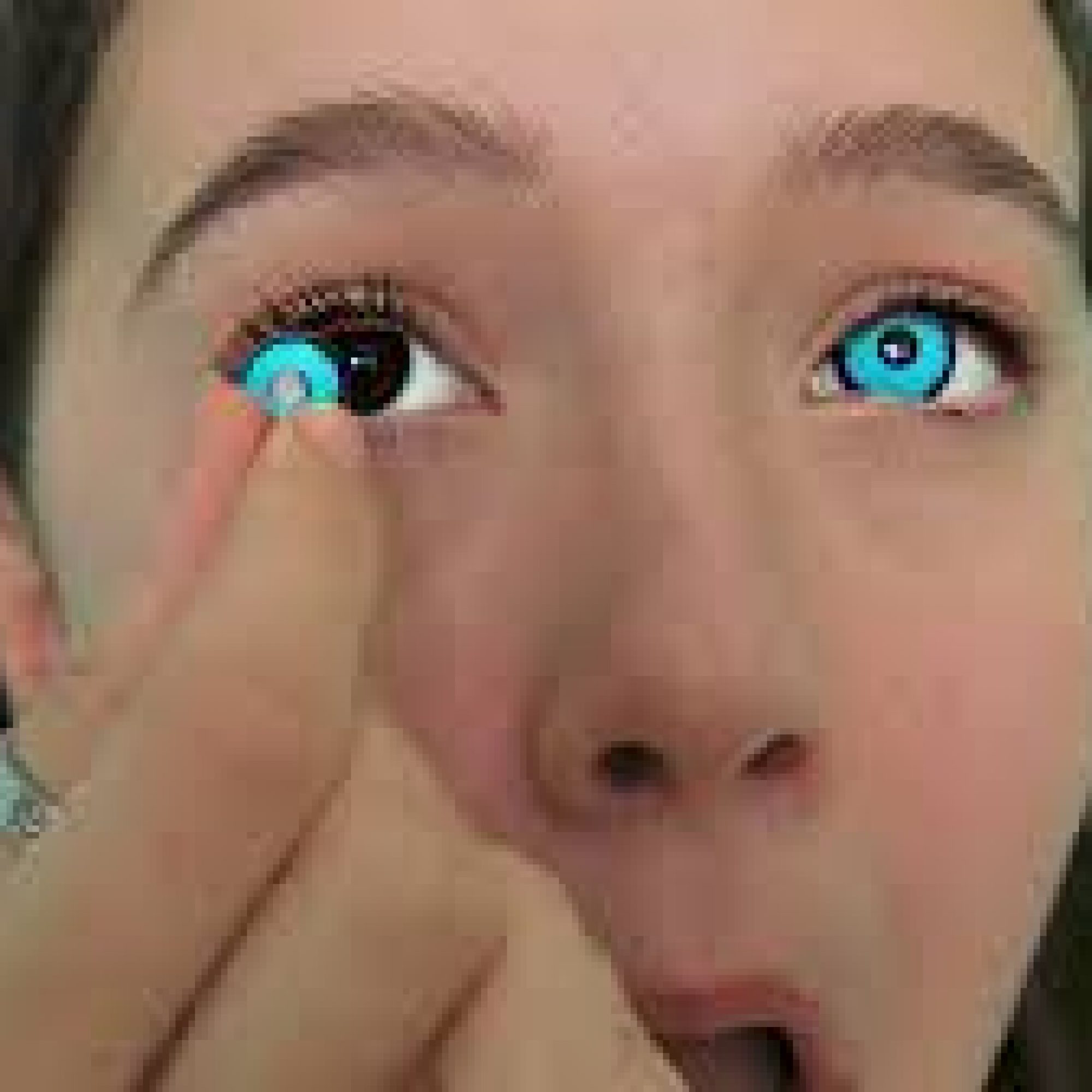

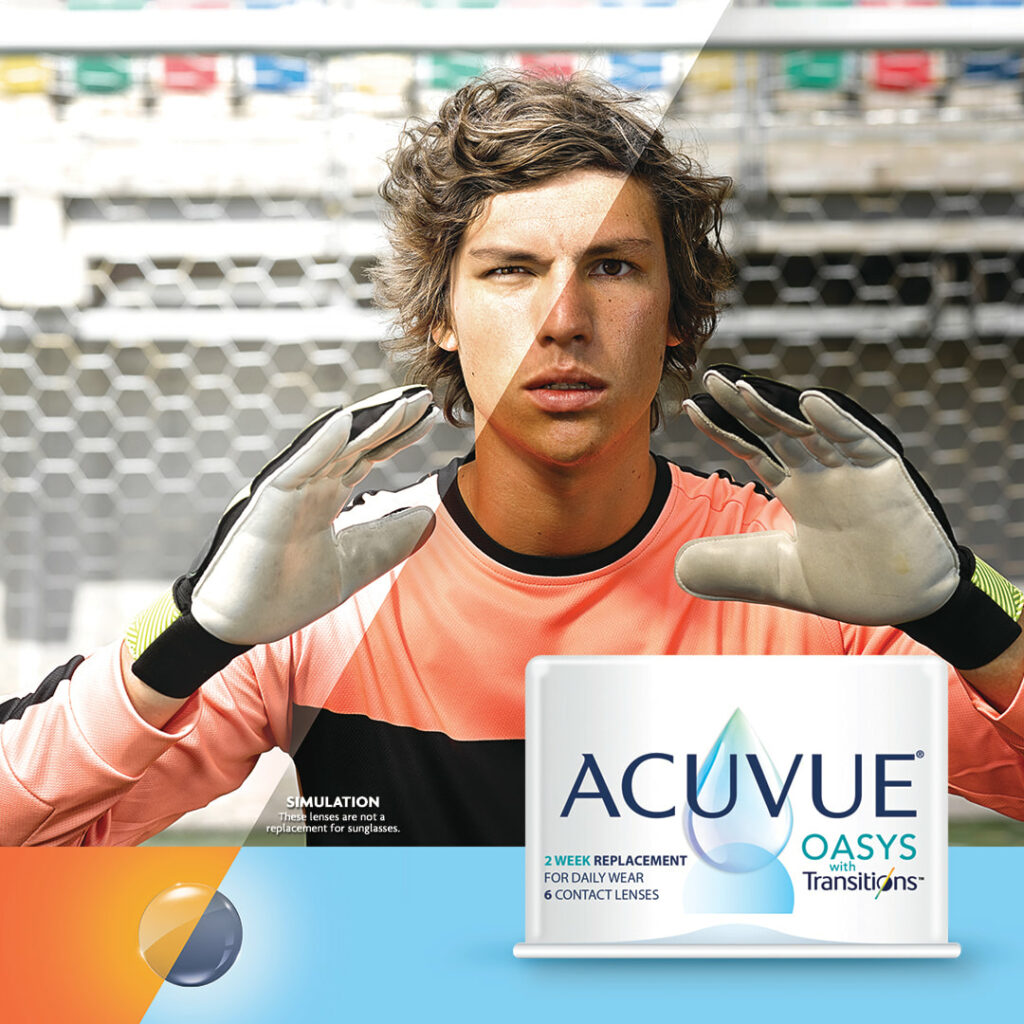
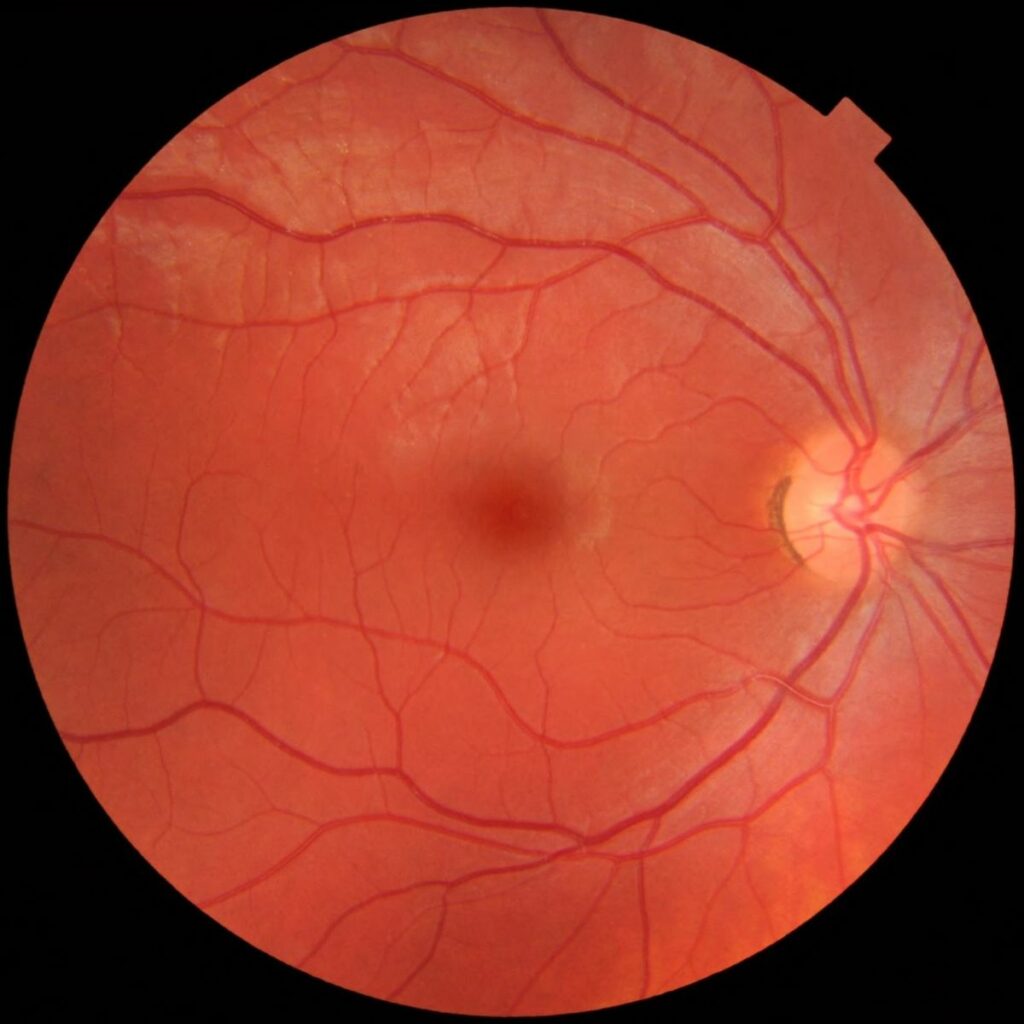
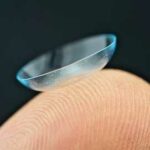
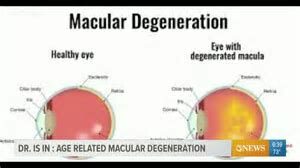
 `
`